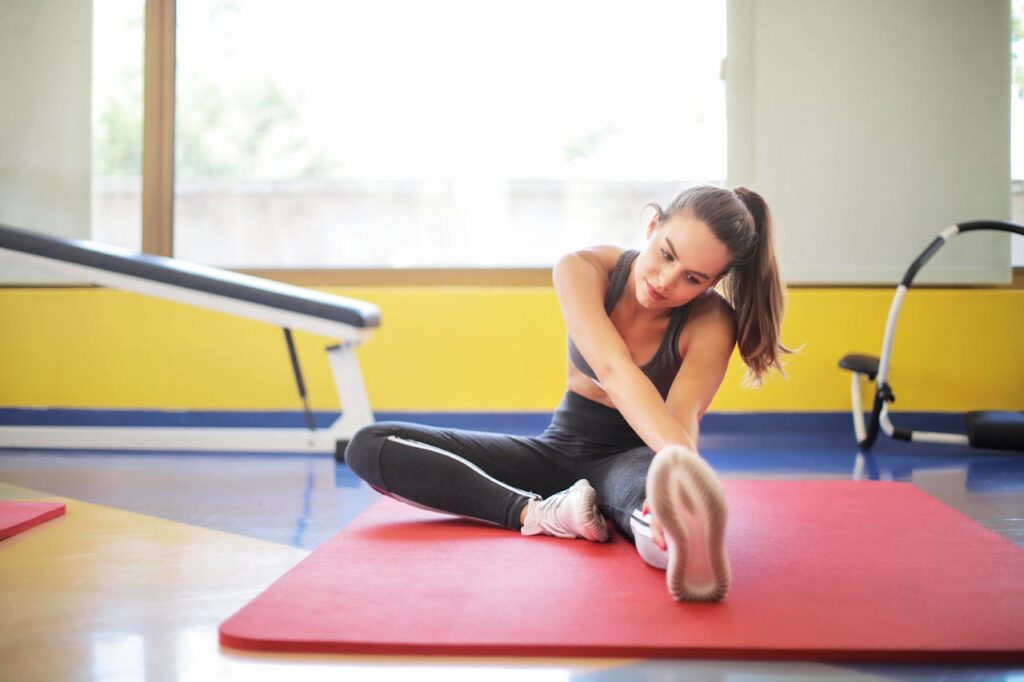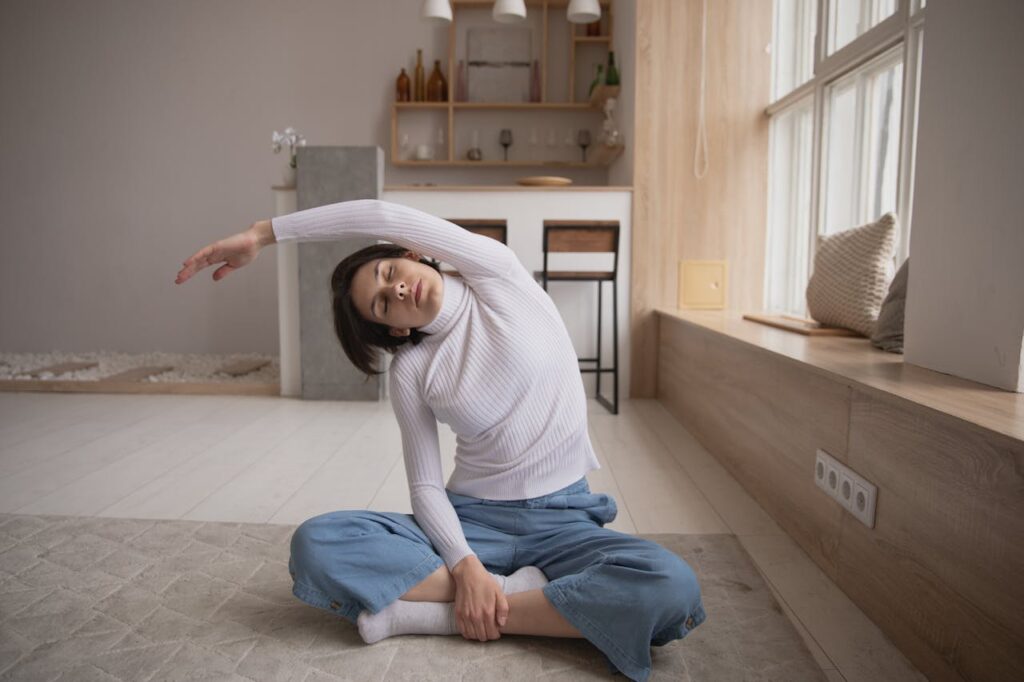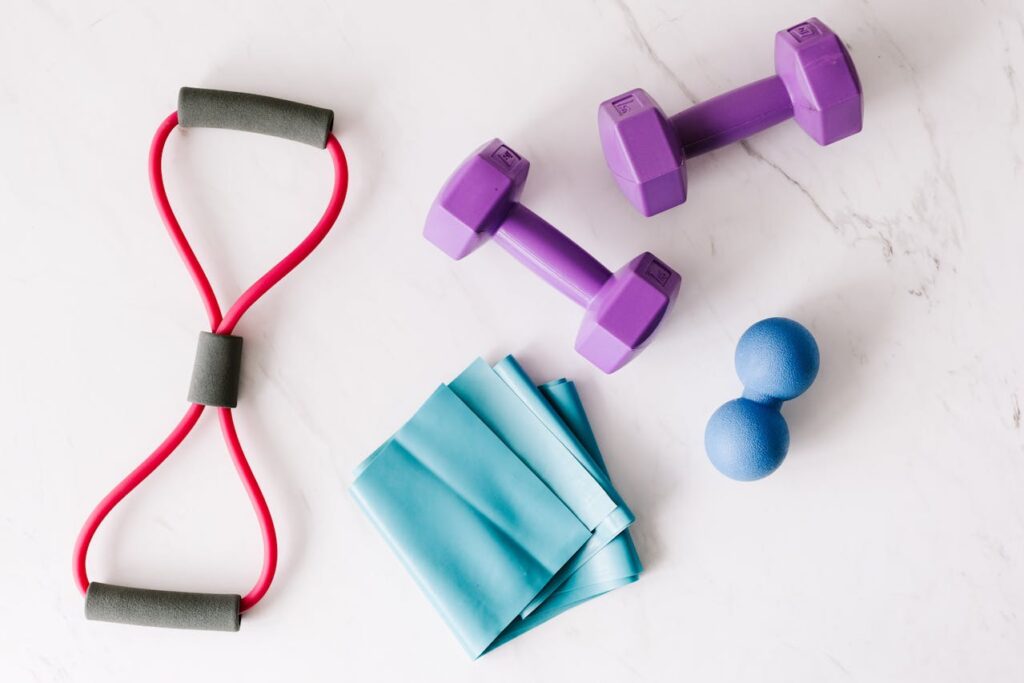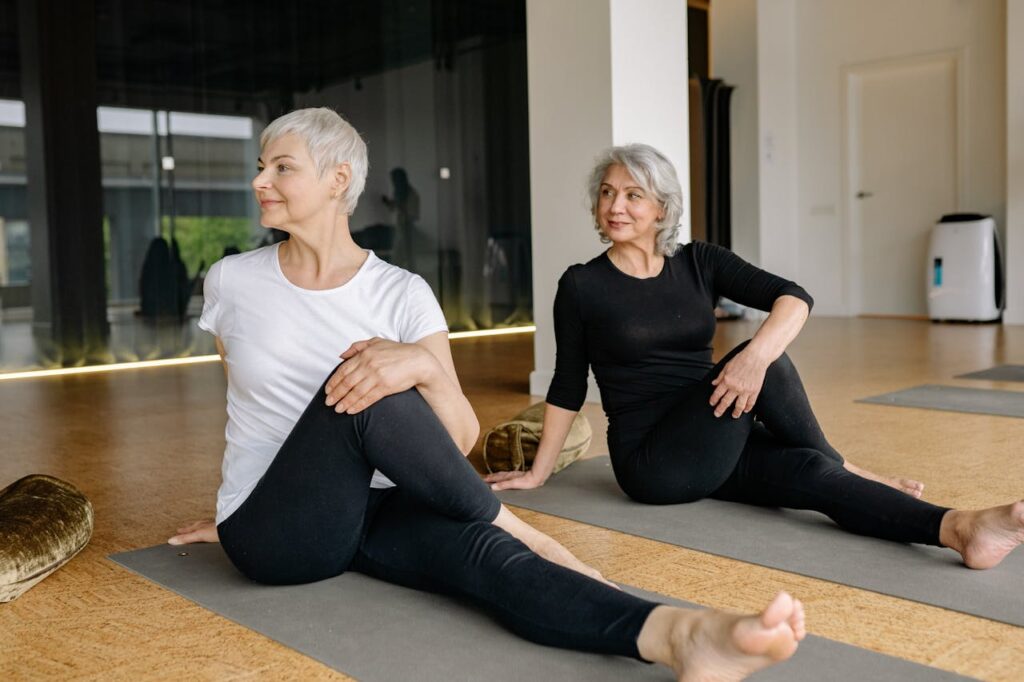
Recovery is essential for both physical and mental health. While intense workouts build strength, restorative movement allows the body to repair, adapt, and stay resilient. The benefits of restorative movement reach beyond flexibility and injury prevention. This gentle approach works for all ages and fitness levels, and it can be done at home, in a studio, or outdoors. By balancing active training with recovery sessions, you create a routine that supports long-term progress and prevents burnout. In the following sections, we will explore the benefits, practical tips, and simple ways to incorporate restorative movement into your weekly routine.
What is Restorative Movement?
Restorative movement is a form of low-intensity activity that focuses on slow, controlled actions to improve circulation and reduce tension. It includes practices such as light yoga, stretching, foam rolling, and slow walking. These movements help muscles, joints, and connective tissues recover after more demanding exercise while calming the nervous system. Unlike total rest, restorative movement keeps the body active enough to promote oxygen-rich blood flow without adding strain. Over time, this approach improves posture, balance, and mobility while easing stiffness that can interfere with daily comfort.
Key Benefits of Restorative Movement
The benefits of restorative movement are wide-ranging and affect both body and mind. By incorporating gentle sessions into your routine, you can enjoy:
● Faster recovery after workouts
● Lower risk of injury
● Better flexibility and joint health
● Increased awareness of body mechanics
● Reduced stress and improved sleep quality
These advantages of restorative movement after a burnout are great for regular exercisers and anyone recovering from injury. It gives your body the chance to heal and prepare for future activity without losing momentum in your training.

Practical Tips to Start
Getting started with restorative movement requires little equipment or space. A yoga mat, towel, or carpet can be enough for most exercises. If you don’t know how to store your exercise equipment because you have no space for a home gym, consider compact tools such as resistance bands or foam rollers, which can be stored under a bed or in a closet. Begin with
short 10–15-minute sessions, gradually extending to 30–40 minutes as you feel more comfortable. Focus on controlled movements, avoid pushing into pain, and pay attention to your breathing rhythm. Aim for two or three restorative sessions each week, especially between intense workout days.
Combining Restorative Movement with Training
Restorative movement works best when it complements your main training program. Using active recovery days allows you to stay engaged without overloading your muscles and joints. For example, after heavy strength training, you might do light yoga or mobility exercises to promote circulation. Runners often find foam rolling useful to relieve tightness in the legs. This
balanced approach reduces the risk of overtraining and helps maintain consistent performance. Many athletes treat recovery sessions with the same importance as regular workouts, and adopting that mindset can help you train effectively for years.

equipment.
Common Myths
Several myths prevent people from trying restorative movement. One common belief is that it’s only useful for beginners or those recovering from injury, but it benefits individuals at all fitness levels. Another misconception is that it doesn’t qualify as “real” exercise because it lacks intensity and sweat, yet the purpose is different—it focuses on staying active and centred rather than maximum effort. Some also assume it requires long sessions, when in fact even 10–20 minutes can make a noticeable difference. Finally, younger people often underestimate its value, and elders avoid it. It is suitable, but in line with your physical condition and possibilities.
How to Start as an Elderly Person
Restorative movement is especially valuable for older adults, as it helps maintain strength, improve flexibility at 60+, and balance without placing excess strain on the body. Gentle activities such as chair yoga, slow stretching, and light walking can reduce stiffness, improve circulation, and support joint health. These movements also lower the risk of falls by enhancing stability and coordination. If you are over 60, start slowly and choose exercises that feel comfortable for your joints.
Begin with 5–10 minutes of gentle stretching or chair-based yoga, focusing on smooth, controlled motions. Use stable surfaces for balance support, and avoid movements that cause pain or dizziness. Breathing deeply during each stretch helps relax muscles and improve circulation. Over time, increase your sessions to 20–30 minutes, adding light walking or
resistance bands for variety. Practicing two or three times a week can improve mobility, reduce stiffness, and make daily activities easier and more comfortable.

How Restorative Movement Helps Your Mind
Gentle activity not only benefits the body but also supports mental well-being. Slow, deliberate movements lower stress hormones and boost endorphins, creating a sense of calm and balance. Stretching and controlled breathing encourage mental focus and reduce feelings of tension or overwhelm. Many people use restorative sessions in the evening to unwind before
bed, helping them sleep more deeply and wake feeling refreshed. Over time, this consistent practice strengthens resilience to mental fatigue and improves overall mood stability.
Conclusion: Benefits of Restorative Movement in Recovery
The benefits of restorative movement include faster recovery, better mobility, reduced stress, and sharper mental focus. It’s a practice that fits into any schedule, with minimal equipment and space requirements. By giving recovery the same priority as training, you create a balanced plan that supports long-term health and performance. Whether you are an athlete aiming to optimise your results or someone who simply wants to move more comfortably each day, restorative movement offers a practical and effective solution. Start small, stay consistent, and let your body enjoy the rewards of dedicated recovery.
Author’s Bio:
Laura McKenzie creates practical health, wellness, and lifestyle articles that help readers improve daily routines and long-term well-being. She often writes about fitness, recovery strategies, and simple ways to stay active at any age. In her free time, Laura enjoys early morning walks, trying out new smoothie recipes, and browsing second-hand bookstores.
